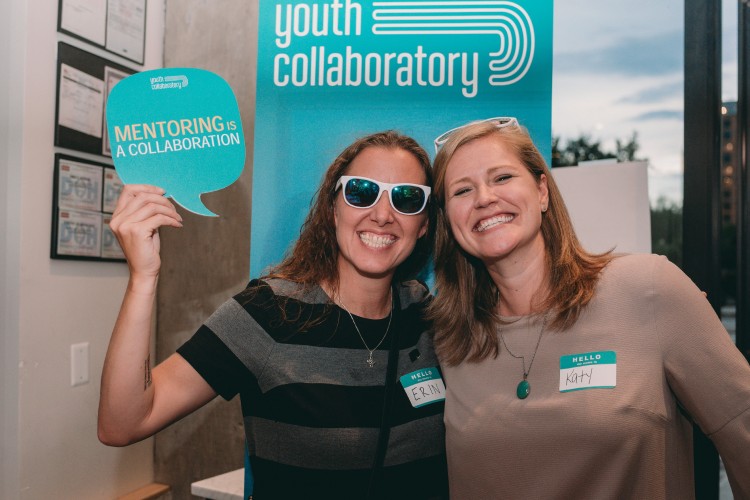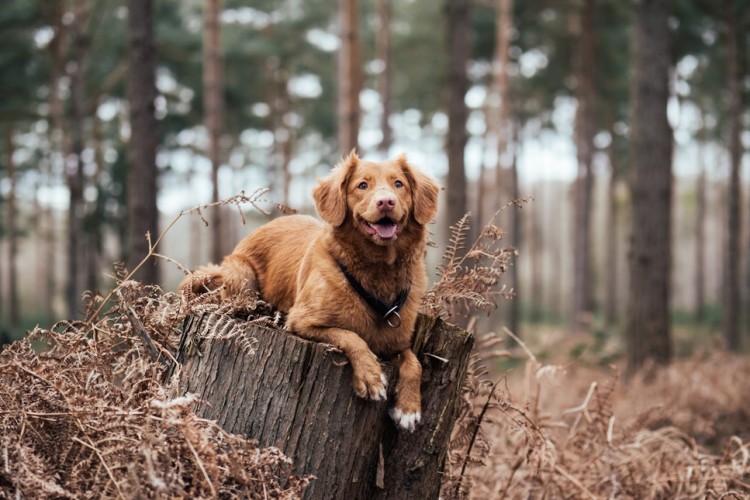
To access the toolkit home page, click here. To visit other modules, check out the Related section below.
Small towns and rural communities have many inherent strengths that youth-serving organizations can draw upon. One is that people often have deep, strong roots there, and are invested in the community in a way that many people don’t feel in urban or suburban communities. “One of the greatest assets in rural communities is that often, generations have lived here, and people share multiple circles that they run in. There are multiple points of connection and spheres of influence, which definitely strengthens the community,” says Tina McGuinness, Executive Director of Gunnison Valley Mentors in Gunnison, CO. These strong ties often lead people to take a fierce pride in the good things that happen within the community, which can be leveraged into support for programs that impact the community positively. To best understand the inherent strengths of your community, rural or otherwise, it’s important to conduct an analysis of the resources, opportunities, and challenges in the community. One way to do this is through community asset mapping.
If you aren't familiar with Community Asset Mapping (CAM), this is a good way to identify what people and resources exist in your community already. Basically, CAM is a different way of looking at your community to allow you to make the necessary connections you need to meet your mission. It helps you identify the assets that exist in your area, including things like school, churches, businesses, and individuals who can help you find the resources you need. To create a community asset map, you first need to define your community and what assets you need, then map out who might be able to help. As with any process, you need to be sure to include adequate planning time and resources, and evaluate your efforts. There are three levels you want to examine when you’re looking at community assets: individuals, citizen associations (like the Rotary or the Elks), and Institutions, which can include schools, hospitals, businesses, and other agencies. Each of these groups has something to offer the community, and you have something you can offer them—maybe publicity, or volunteer opportunities for their employees, or even volunteers through service learning events for your matches. The important thing is not to overlook anyone or any agency in your community that can work with you to improve outcomes for youth.
This toolkit includes a guide to Community Asset Mapping and a sample asset map to help you learn more about this valuable tool. Another way to identify strengths and barriers in your community is through a community-level SWOT analysis. SWOT stands for Strengths, Weaknesses, Opportunities and Threats. Consider gathering your stakeholders (Board, management, staff, the people you serve, and others in the community who affect or are affected by your work) to go through this process. Kathy Schwartzhoff, the Mentoring Coordinator for Helping Services for Youth & Families in Decorah, IA, found the process to be especially helpful in planning for her mentoring program. “We took at least two to three months to work through a process to identify the strengths or resources that support our program, weaknesses, or things that work against our success, opportunities, meaning projects, people, and events that can be capitalized on, and the threats, or things that can jeopardize our success,” she says. “It did really help us to look within, because part of this examination is considering what we have, who we are, what we do, and where we want to be.” Below is an information sheet on the SWOT analysis that Kathy used to identify resources in the community.
Both community asset mapping and SWOT analyses are valuable tools for any program, and can help rural programs think about resources in their communities that they may otherwise overlook. These processes take time to do right, so be sure you allot enough time and resources to do them well. Once you’ve identified the strengths and opportunities in your community, you can create a plan to draw on these strengths to increase opportunities for the program and for the youth and families you serve. Examples of this are:
- Working with community leaders, businesses, and entities that have broad influence. For instance, you can work with your local news media – newspapers, radio stations, TV outlets – to publicize your events or even help to plan an event calendar of things your matches can do together. You could also enlist several local businesses to create a discount program for matches, to reduce the cost of mentoring. Local restaurants could offer buy-one-get-one-free cards, bowling alleys of other recreation centers could host events, and movie theaters could offer discounts when a match comes in. This is a win-win for your program and for the business, says Chad Butt, Executive Director of Mobius, Vermont’s Mentoring Partnership, in Burlington, VT. “[The Mobius Mentor Discount Card] helped us create this natural activity list for mentors. Individual businesses that want to show their support for mentoring and also market themselves can offer 20% off a meal, or 2 for 1 rock climbing.” They get a good way to market their services and products, and you get a good way to show appreciation for your mentors and mentees.
- Utilize available space. Because transportation is such an issue in rural communities, having a center or program space where matches can meet, either one-to-one in a conference room to study, or in group settings for arts and crafts events or family game nights, can be a real asset. “Despite being in a University town we don’t have an abundance of resources for our youth and families,” says Laura Laabs, Grants Director at Greater Wyoming Big Brothers Big Sisters in Laramie, WY. “Many of our youth were hanging out at the local grocery store or loitering at the high school well after the end of the day. The mentoring center has become a strength of the community especially in the winter months when the outdoor opportunities are limited due to weather conditions.”Having a center can make it easier for matches to meet when they’re spread out geographically, and can also provide a great space for match support staff to monitor matches and observe interactions. “At the mentoring center youth and mentors have access to a gym and sports equipment, we have 3-D printers and a Lego robotics program, some flying drones, lots of arts and crafts supplies and multimedia equipment,” Laabs says. If you don’t have your own space, use the community asset mapping process to identify agencies or organizations that might have space you can use – and remember, if you’re the one with the space, allowing other agencies to use it occasionally is a great way to form collaborative relationships!
- Cultivate ambassadors for your program. Identify key leaders in your area and recruit them to serve as ambassadors, to help with promoting the program, recruiting volunteers and youth, and even helping to raise funds. Schwartzhoff has used community ambassadors to recruit many new mentors. “We hand-selected certain individuals that know different people in different realms of the population. An example is a librarian in a small town who knows absolutely everybody and has circles of influence that we don’t have. Another example is a basketball coach at a local college who talked to other coaches, her team, their teams and staff, and recruited 20 new mentors.” Schwartzhoff trained the ambassadors on the program’s goals and mission, and prepared materials for them to take into the community when they talk to their friends and family about mentoring. Brochures, posters, program outcomes, and information about how to get involved are all included in the ambassador packet, along with guidance on how to talk to people about why they, specifically, would make a good mentor. “The number one thing ambassadors wanted,” Schwartzhoff says, “is to know who else in the area is a mentor. [Prospective mentors would say] ‘Oh if “John Doe,” a local physician, is doing this and he’s super busy, I can do this.”
- Draw on tight-knit relationships. If mentor recruitment is a challenge in your community, consider looking to young people to identify adults who are already acting as a role model for them. Youth-Initiated Mentoring, or Natural Mentoring, is a concept where young people can identify who they would like to have as their mentor, and then the program staff approach this person to ask them to join the structured program as a mentor to that young person. “We ask youth during intake if they know someone in their circle of connections who they would enjoy spending more time with, who they look up to, who’s a role model,” McGuinness says. “While we can’t ever guarantee that that’s the mentor they’ll have, we reach out to that person. They’re usually flattered that a young person considered them a role model, and even if they aren’t an appropriate mentor for that child, they can usually connect us to someone else who is connected to that youth.” Natural mentoring, whether it adheres strictly to the model or is used as an adjunct to formal mentoring, is also a good way to teach young people to find other connections in their lives that can help them meet their goals. “It’s not just about relationship-building now,” she says. “It’s about relationship building for a lifetime, and recognizing that your mentors may change over time according to your needs.”
Relevant Resources
Here are the tools we’ve created or found that will help you to draw on the strengths of your communities. We talked about an activities calendar, and this template includes some of the national holidays and observances, and allows you to add in any local events that you can piggy back on to plan your match events. In addition, there’s a link to Mobius’ Discount Program for mentor matches, a link to a local newspaper calendar of events, and some information on implementing natural or youth-initiated mentoring in a formal mentoring setting. There is also a list of what Kathy includes in her Mentor Ambassador packet that allows her mentors to become recruiters for the program.


